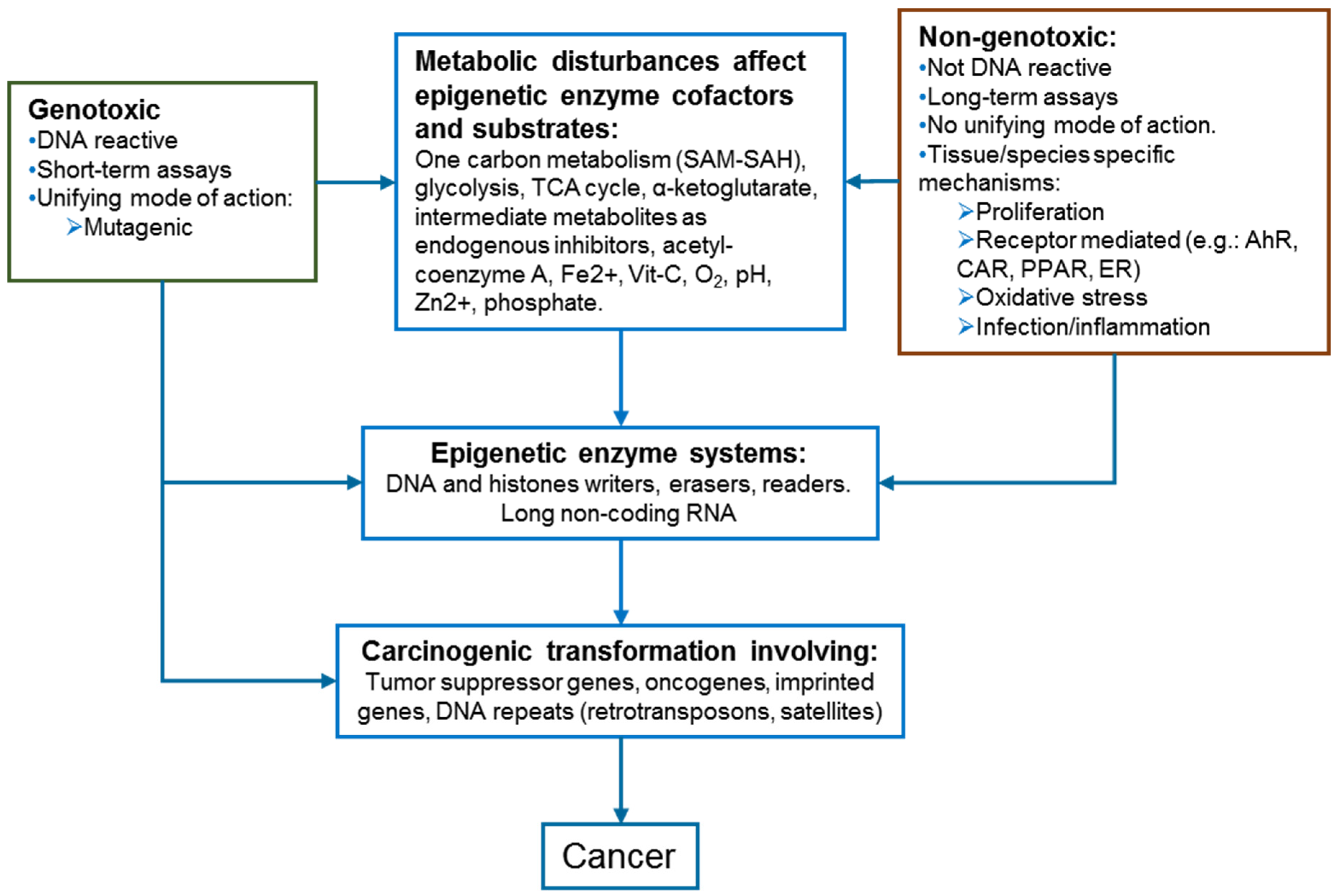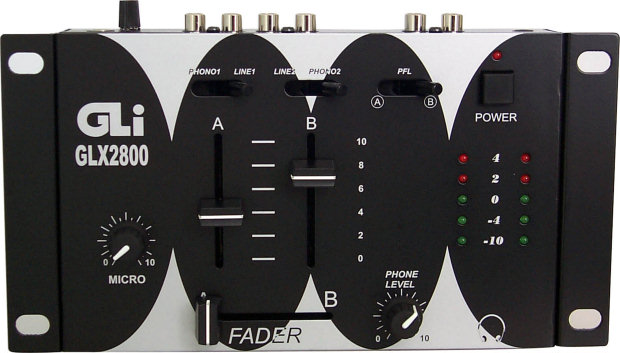


In Chapter 4 of Power Tools for Reason 3.0, an example demonstrated a technique of using a CV signal and an inverted CV signal to modulate two fader levels simultaneously in order to create a crossfader. For those who have yet to explore this type of control, the following project is adapted from Chapter 5 of Power Tools for Reason 3.0, which describes using multiple modulation routings from a single Combinator Rotary control.
#Reason 9.5 essentials pan fader how to
The principle of a crossfader is very straightforward, and most Reason users can probably already figure out how to create a crossfader patch using the Combinator and the Micro Mix Line Mixer. This installment of Discovering Reason describes two methods of creating crossfaders using the Combinator in Reason 3.0, and when used with an external control surface, present a powerful tool for live performance. This allows convenient blending or transitions between audio sources without having to use two controllers or separate mouse parameter changes. The fader levels are inversely proportional so as one level increases, the other decreases. The principle is simple where the level of two faders simultaneously change when receiving a single controller event. One of the basic elements for many live applications is the ability to segue between two audio sources in real-time using a crossfader. With the invention of Propellerhead Software's Remote technology, Reason is, more than ever, a powerful live performance tool, especially when used in conjunction with a control surface.


 0 kommentar(er)
0 kommentar(er)
